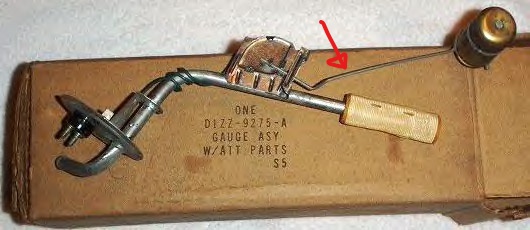- Joined
- Jul 19, 2016
- Messages
- 2,140
- Reaction score
- 173
- Location
- Omaha, NE
- My Car
- 1971 Mustang Convertible
Hi ALL, I don't know if I'm posting this in the right category. I've installed a new stainless steel sending fuel unit with a plastic float (no holes in it LOL). How and where exactly do you have to adjust the float arm for it to give an accurate reading? Do you just bend the arm close to the float or halfway on the arm? No matter how I bend it I can't get 70 ohms which it should show I believe. I measured the resistance and I get 10/77 ohms empty/full or full/empty (don't remember). Thanks!





















































